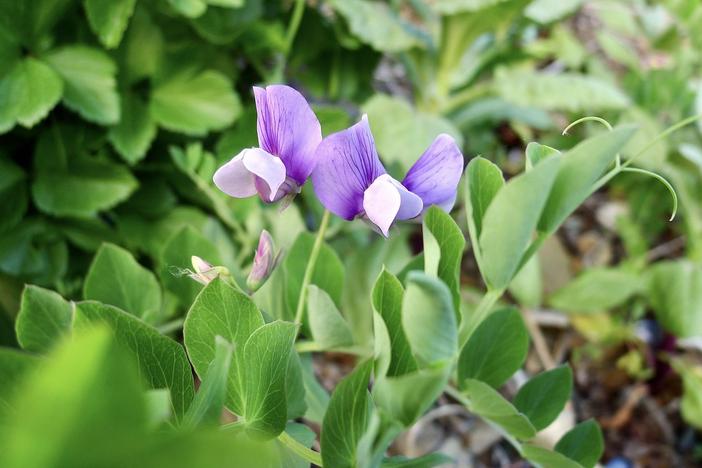Beach Pea
(Lathyrus japonicus)
Beach Pea (Lathyrus japonicus)
/
/

Dr. Alexey Yakovlev
CC BY-SA 2.0








































































Estimated Native Range
Summary
Beach Pea is valued for its ability to stabilize sandy soils with its deep root system, making it useful for erosion control in coastal areas. Its attractive flowers and tolerance of salt spray also make it a suitable choice for seaside gardens. While it thrives in full sun, it can also tolerate partial shade and requires a soil with good drainage. Beach Pea is relatively low-maintenance but can be susceptible to fungal diseases in overly moist conditions. It is not known to be invasive and does not typically present problems with aggressive roots or invasiveness when grown outside its native range.CC BY-SA 4.0
Plant Description
- Plant Type: Vine
- Height: 1-2 feet
- Width: 1-2 feet
- Growth Rate: Moderate
- Flower Color: Purple
- Flowering Season: Spring
- Leaf Retention: Semi-deciduous
Growth Requirements
- Sun: Full Sun, Part Shade
- Water: Medium, High
- Drainage: Fast
Common Uses
Bee Garden, Bird Garden, Butterfly Garden, Fragrant, Low Maintenance, Showy Flowers, Water Garden
Natural Habitat
Coastal sand dunes, shingle beaches, and the edges of salt marshes in North America, Europe, and East Asia
Other Names
Common Names: Sea Pea , Beach-Pea , Sea-Pea , Circumpolar Pea , Beach Peavine , Sea Vetchling , Seaside Pea , Strand-Platterbse , Strandplatterbse , Merinätkelmä
Scientific Names: Lathyrus japonicus , Lathyrus japonicus subsp. japonicus , Lathyrus maritimus var. aleuticus , Lathyrus japonicus var. typicus , Lathyrus japonicus f. japonicus , Lathyrus pisiformis , Lathyrus japonicus subsp. pubescens , Lathyrus japonicus var. pilosiusculus , Orobus japonicus , Pisum maritinum var. glabrum , Pisum pubescens
GBIF Accepted Name: Lathyrus japonicus Willd.